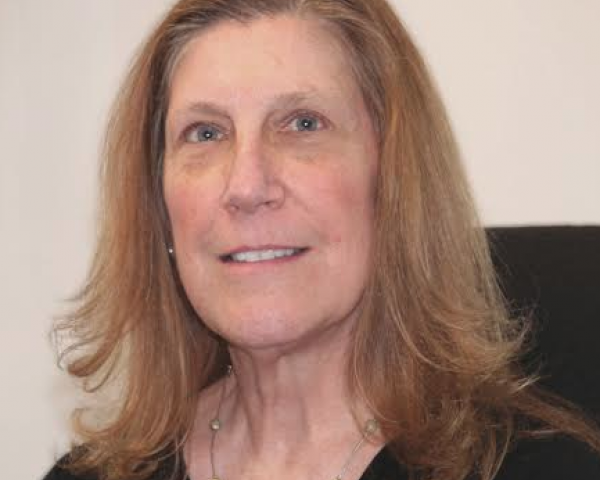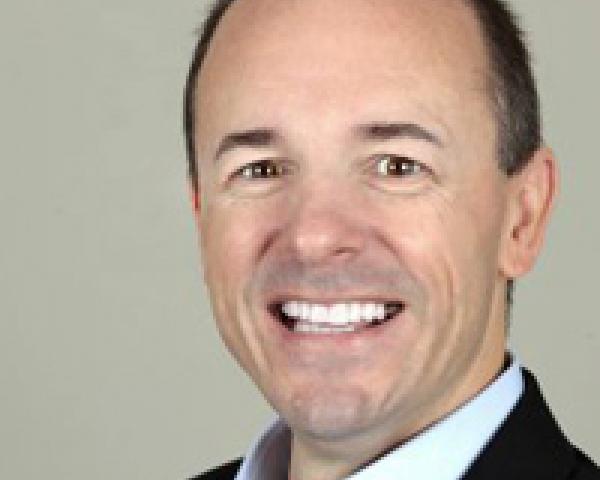For the thousands of healthcare consumers reading this post...and the millions in attendance across this great country...
lllllllllllllllet's get ready to rummbulllllll!
In this corner - fighting over a period of 68 years, with a track record of unaffordable and ever-skyrocketing premiums, causing long-term wage stagnation, plus lower rates of savings for individuals all over the land. The largely unchallenged, reigning champion in U.S. healthcare coverage for nearly all Americans under 65.......the third-party payers!
And in this corner - fighting for more than 25 years. They've captured and controlled healthcare populations, acquired and limited provider competition, all the while driving up costs, consumer medical debt and personal bankruptcies. With a long history of mass overutilization, lower care quality and high administrative salaries......the hospital and health systems!
Ladies and Gentlemen...this same fight took place back in the 1990s, for the purse strings of nearly all the private pay healthcare market. The hospital and health systems took on the risk of creating traditional health plans, and many of them took it on the chin. There were too many operational nuances, such as claims, underwriting administration and attracting sicker patient pools. Not to mention the ire of health payer executives.
The environment is different today. The stakes are far higher. The outcome may determine the direction of more than $1 trillion per year in consumer and employer-directed healthcare payments, transforming the model of U.S. healthcare into one of needed, sustainable long-term growth.
Today's payer profits are limited, not only by the medical loss ratio rule, but now with provisions of the ACA to accept all patients with pre-existing conditions.
On the other side, health and hospital systems have successfully acquired a significant and well-diversified care "umbrella" over large populations. Many achieve greater leverage in securing higher payer reimbursement rates, all the while still capturing local practices, doctors and newly minted med school graduates, who willingly trade off past, present and future administrative headaches for more patient engagement and a steady paycheck.
See also: Keep the Humanity in Healthcare
Yet within their growing mini-monopolies, hospitals and health systems, like payers, are also having a come-to-Jesus moment.
Medicare quality scores give only 2.8% of all hospitals their highest, 5-star rating.
Nearly 70% received only between two to three stars!
There is argument on the factors for these ratings, yet administrators clearly understand that future Medicare payments will be based on value of care, where quality of care is very important. This is especially true as health systems and affordable care organizations (ACOs) will continue to dominate healthcare delivery in the U.S. And yes -- future private insurer payments are likely to follow suit.
Let's Give Health Plans Another Shot
More than ever, we're seeing health systems creating their own provider-sponsored plans (PSPs) and simply becoming their own payer, even where they can compete for covered lives in the growing Medicare Advantage and Medicaid Managed business.
PSPs come in multiple varieties, depending on the questions asked and resulting strategies formed: Starting fresh or acquiring an existing plan? Partnering or not partnering on risk with existing insurers and provider networks? Covering care only in their care system or with other systems and providers?
Though previously unsuccessful, PSP results appear more promising today. Atlantic Information Services (AIS) data shows there are more than 270 PSs in existence. This is up from 107 just two years ago -- and more than one-third have more than 10,000 members. If the trend continues, predictions are that about 70 million Americans could be enrolled in PSPs in five years.
While that is happening, we are seeing payers such as Harvard Pilgrim and others seeking to go the way of Kaiser, adding medical facilities to create integrated care systems. Hence, both payers and health systems are blending more than ever, driving toward integrated care in smaller pockets of populations.
These smaller pockets of integrated care appear to offset more risk, especially when they seek to merge. We are then likely to run into a microcosm of the same anti-competitive pricing fears as with Anthem-Cigna and Aetna-Humana.
Let's Bypass the Problem...With Direct Contracting
This option allows self-insured employers to work around health payers, by contracting with large, geocentric health systems to deliver care to their employees. By using third party administrators (TPAs), contracted transparent care and drug fees and in-house actuaries and risk managers, employers can also lower claim administration costs. Plus, employers gain other savings by working around payers.
Just a little wrinkle here...What about the many millions of individual members who remain under fully insured payer plans?
Well, we have the growth of health insurance captives, which pools together smaller companies to gain self-insured benefits. But the question still remains...
When health plans get further cut out of the self-insured employer client loop, what happens to pricing for the rest of the remaining payer risk pool? The revenues and profits for payers will need to come from somewhere.
See also: Healthcare: Time for Independence
We know payers are not getting onto ACA exchanges to acquire more customers. That leaves subsidization from the government to fill in the affordability gap for the fully insured.
Other options are: 1) creating a single pay government plan; 2) providing government incentives to PSPs to be competitive in more local pockets or 3) offering incentives for the formation of fully insured and PSP plans, so payers and health systems can cover more with greater risk sharing.
Healthcare 3.0: Increased quality, better technology, higher taxes, greater unemployment and remaining unaffordability
Health systems have grown by implementing effective leadership, making strong IT investments, reducing geographic competition and employing better risk solutions and strategy. They are going to get stronger with direct contracting, mergers and acquisitions, growth of PSPs, improved care coordination and the use of new technologies in the emergence of value-based care.
Solutions in areas such as predictive analytics, mhealth, patient-generated healthcare data, diagnostic accuracy, supply chain management, population health, chronic disease management, telehealth and artificial intelligence
will promote greater efficiency, better outcomes and increased patient satisfaction and drive down cost in key healthcare industries.
But driving down cost DOES NOT mean pricing for care, coverage and drugs will plummet for consumers. I expect mass unaffordability will largely remain.
Look, the first order for businesses in any for-profit sector is to make profit, grow customers and remain competitive. While healthcare consumers and advocates believe in reforming our system to a fairer, more affordable solution for care, coverage and medications, equally for all Americans....businesses don't.
And they're not going to succumb to guilt or public shaming, or be willing to give themselves significant salary haircuts to do so. In fact, I would expect that early cost-reduction successes will translate into healthcare companies largely funneling the differences back into themselves as re-investments or profits, while holding prices steady to claim consumer-friendly positioning.
"Hey, at least we've put the brakes on higher prices. We'll try to figure out how to do more...but look, this is great news for now. Be in touch soon!"
The only path I see toward future consumer affordability is to push and provide incentives blending our three-party into a two-party system. With enough healthcare players, greater transparency and relatively equal levels of care quality, free market forces will ultimately work to create a greater downward push for consumer pricing.
A free market system would be painful in the beginning. Healthcare players will not only have to invest in and implement new technology, but also utilize augmented and artificial intelligence solutions. This would drive efficiency and accuracy to the obvious point where industry leaders would greatly reduce and replace their greatest expense...employees.
By the end of 2016,
the healthcare sector will be the largest employment pool in the U.S. In a free market, you cannot have bloated employment with acquired technology capable of creating massive efficiencies to drive down cost and consumer price. However, today's price-regulated market would allow that to happen, where excess expenses are simply passed down to healthcare consumers and employers in the form of higher prices.
Free market healthcare is for now a far-off dream. So as the market slowly transforms and reshapes itself, we will likely see personal and corporate taxes going up.
See also: Is Transparency the Answer in Healthcare?
With no foreseeable surge in GDP, new jobs or average worker wages, we're seeing the middle class slipping. Healthcare costs are not likely to translate into significant consumer price decreases. Add to that the past, current and future growth of healthcare subsidies per the ACA exchanges and ever-expanding Medicaid programs. Folks...that big nut will have to be covered at some point.
Parting Thoughts...
Woodrow Wilson once said, "The seed of revolution is repression." Healthcare has operated on a model outside of free market forces, where consumers have paid the price, literally for decades. In the next era of healthcare, consumers carry an obligation, not just to continue funding this juggernaut, but to take on greater responsibility for their health choices and results.
No matter how this emerging fight changes healthcare, the patient, through greater engagement and care, should be at the center. I see population health management as both educating and necessarily empowering healthcare consumers. Not only to recognize poor past choices and grow from new healthier ones, but to appreciate and value how much they truly need healthcare services, coverage and medications that are simply out of their financial reach.
Perhaps their own transformations will turn large-scale frustration into massive targeted determination, demand and revolution, where elected politicians begin to cower and capitulate, not to special interests, but to a population of healthy Americans who recognize the importance of an affordable and sustainable health care system. So they and future generations can embrace the American dream - and live healthier, less stressful lives while doing it.
I hope to live to see that day.






















